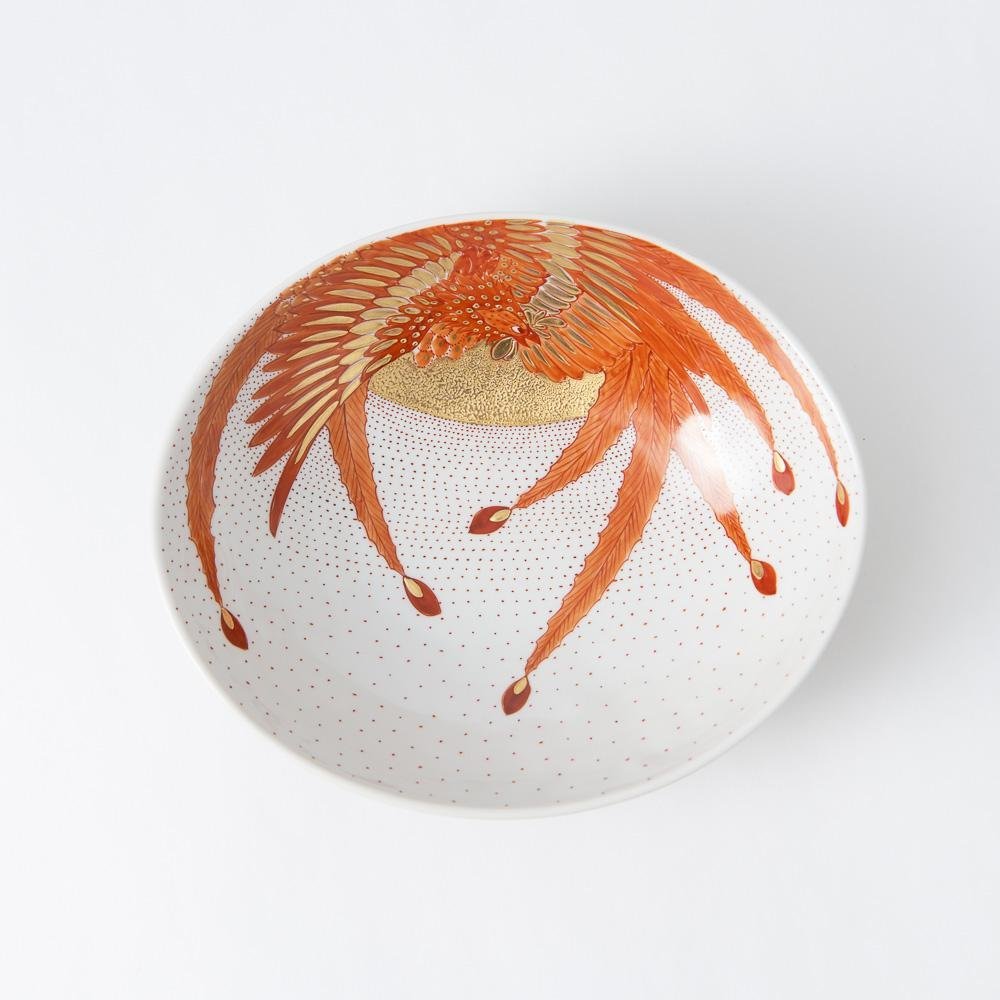
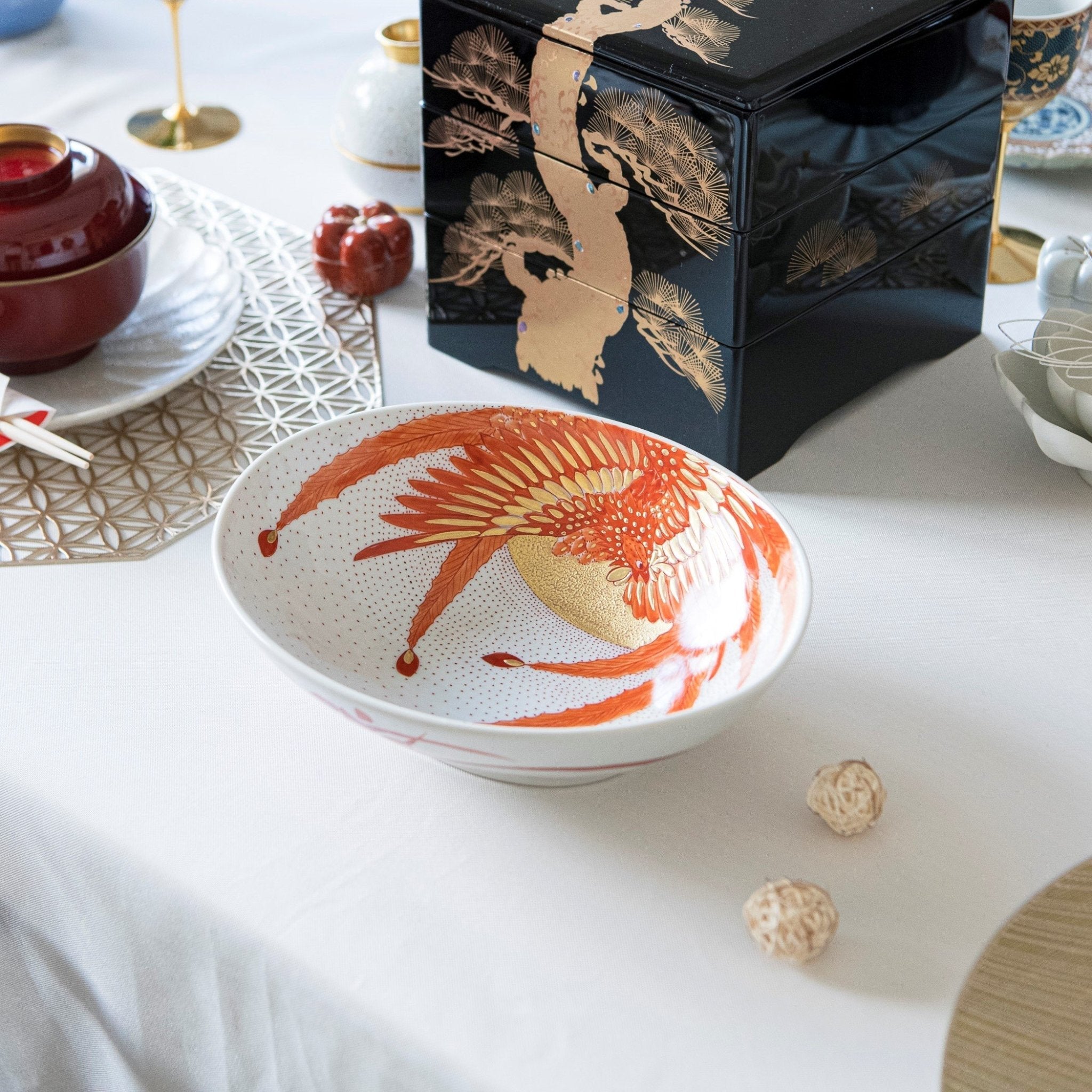
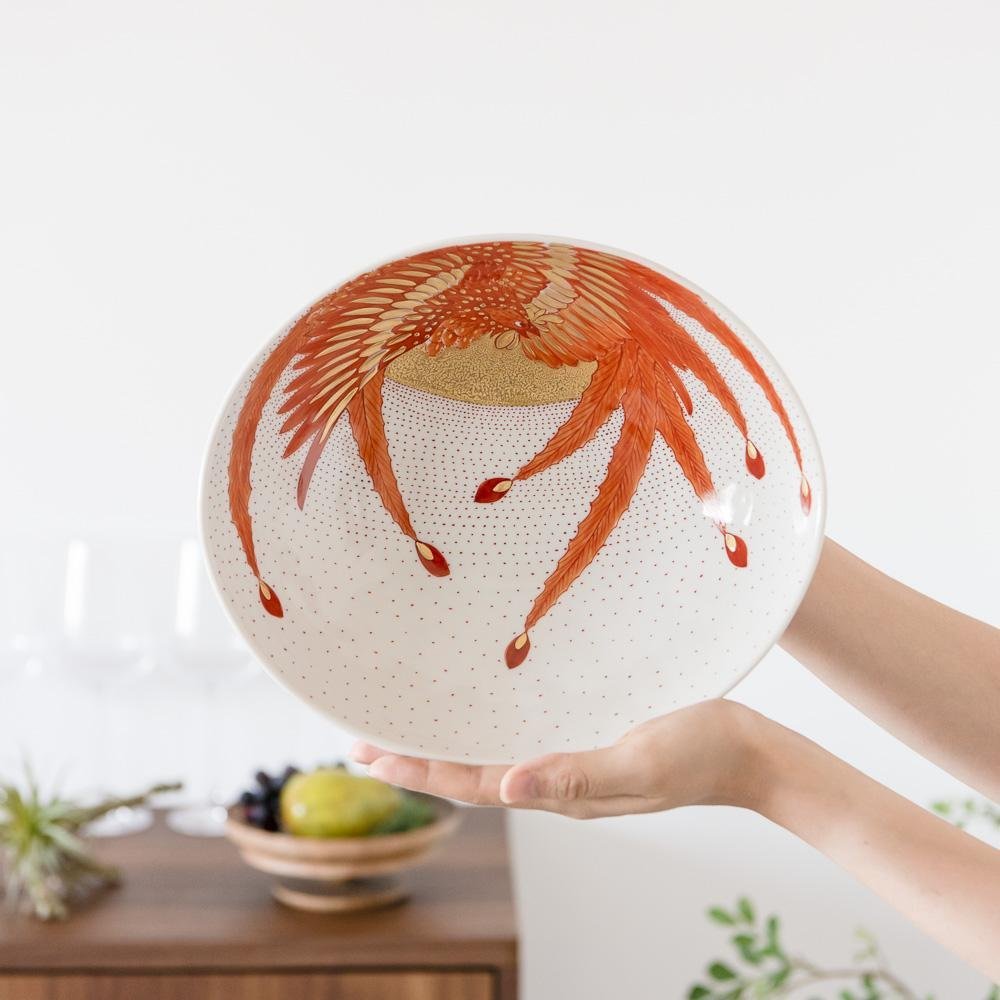
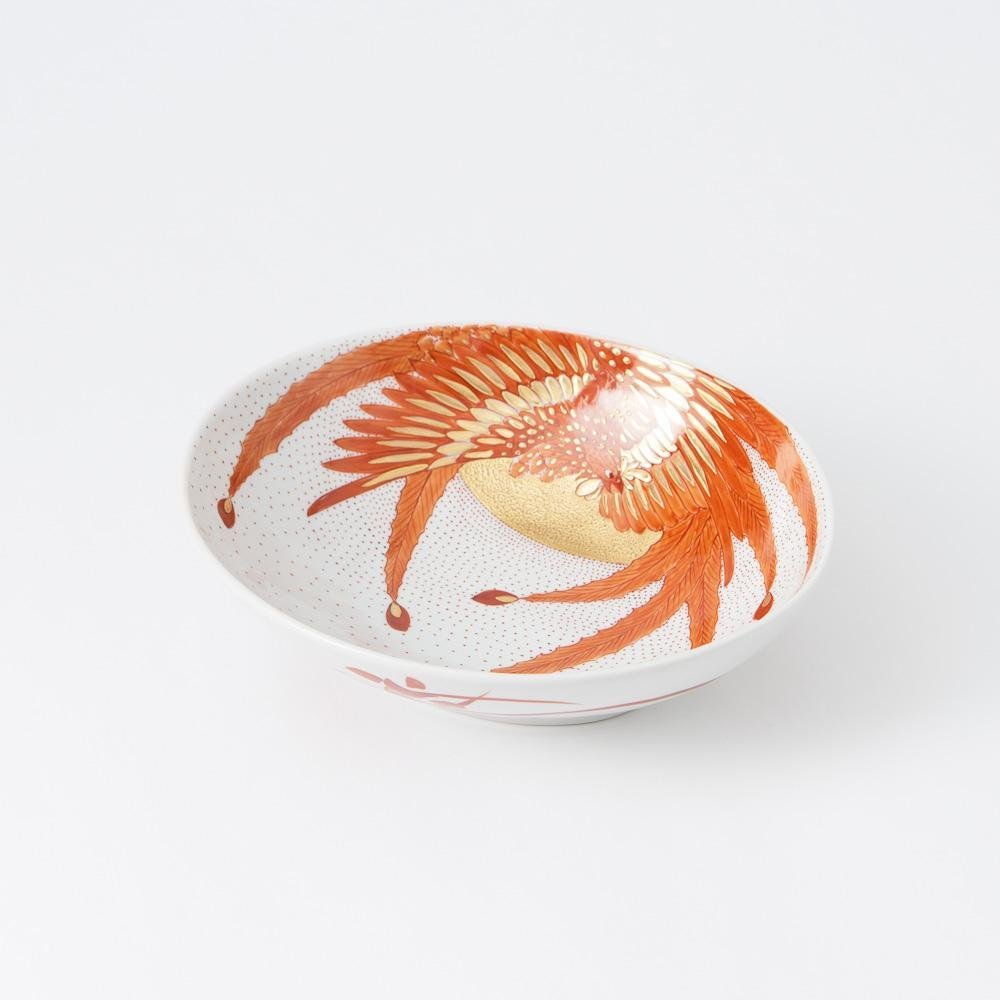
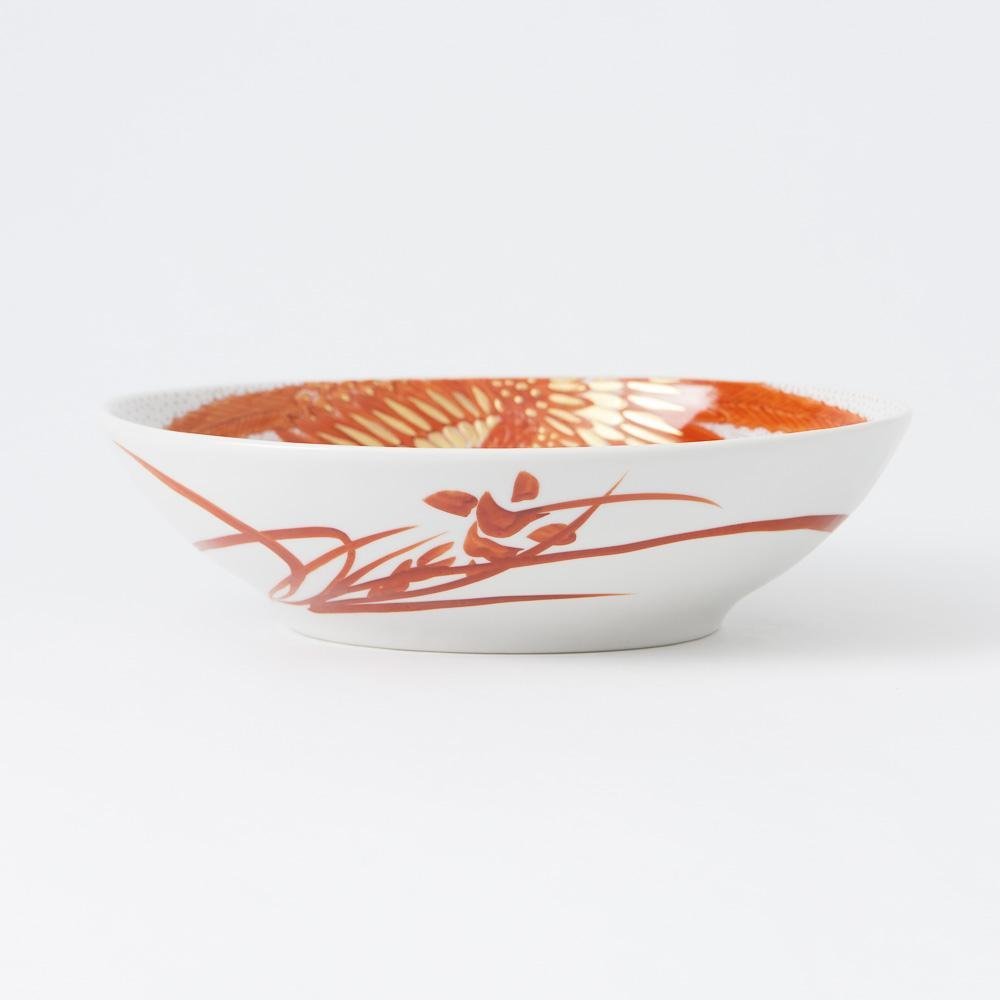
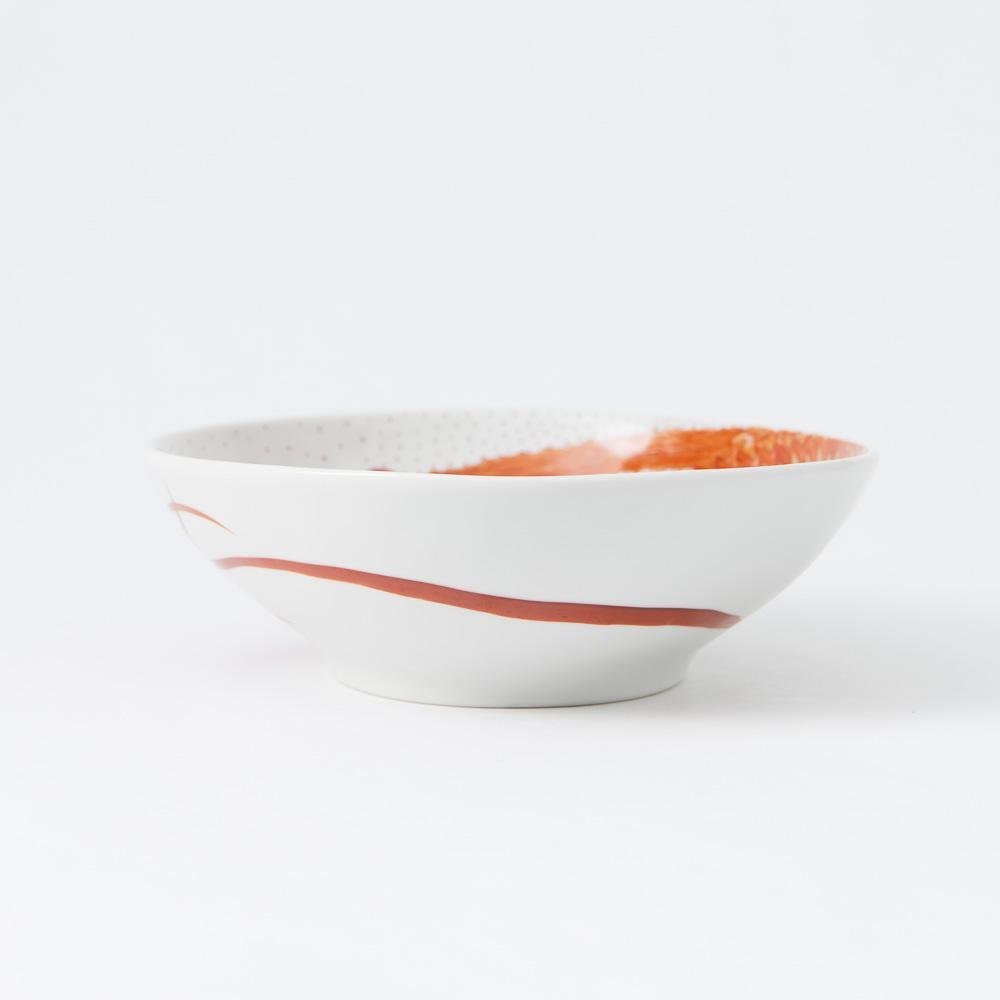
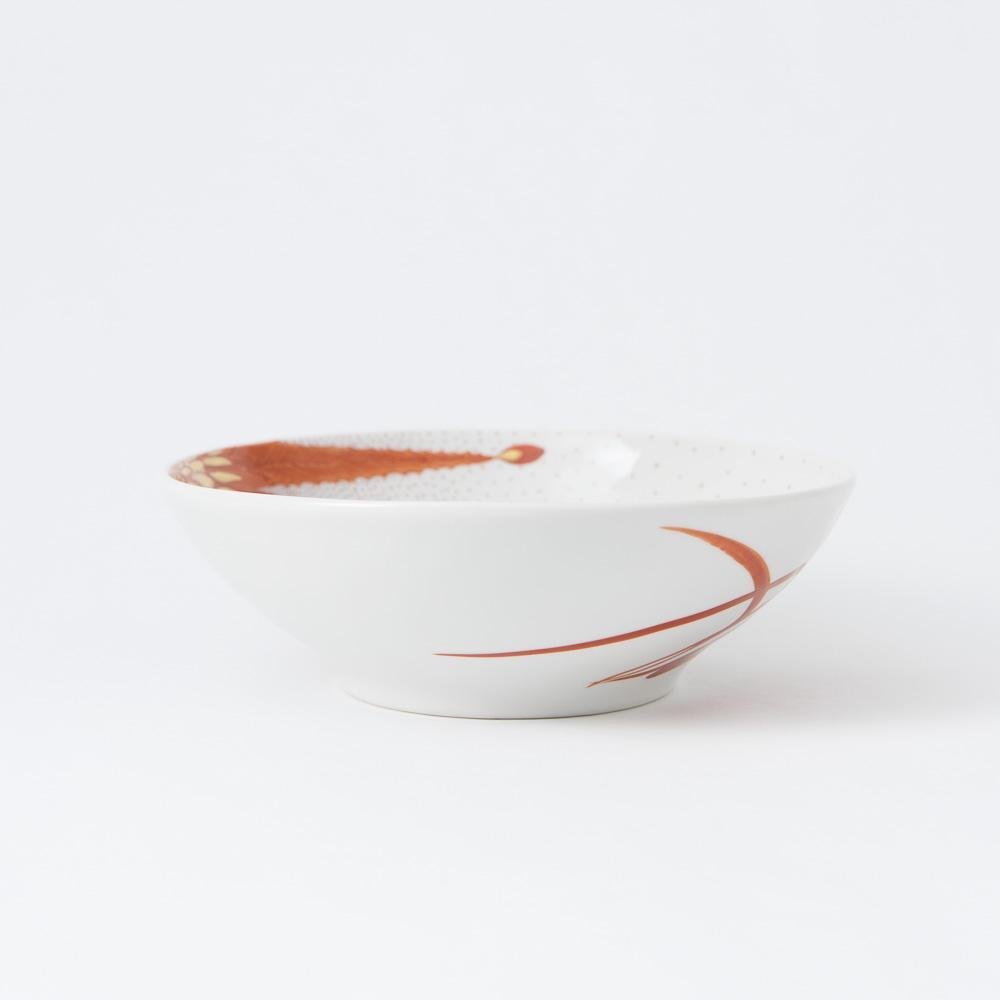
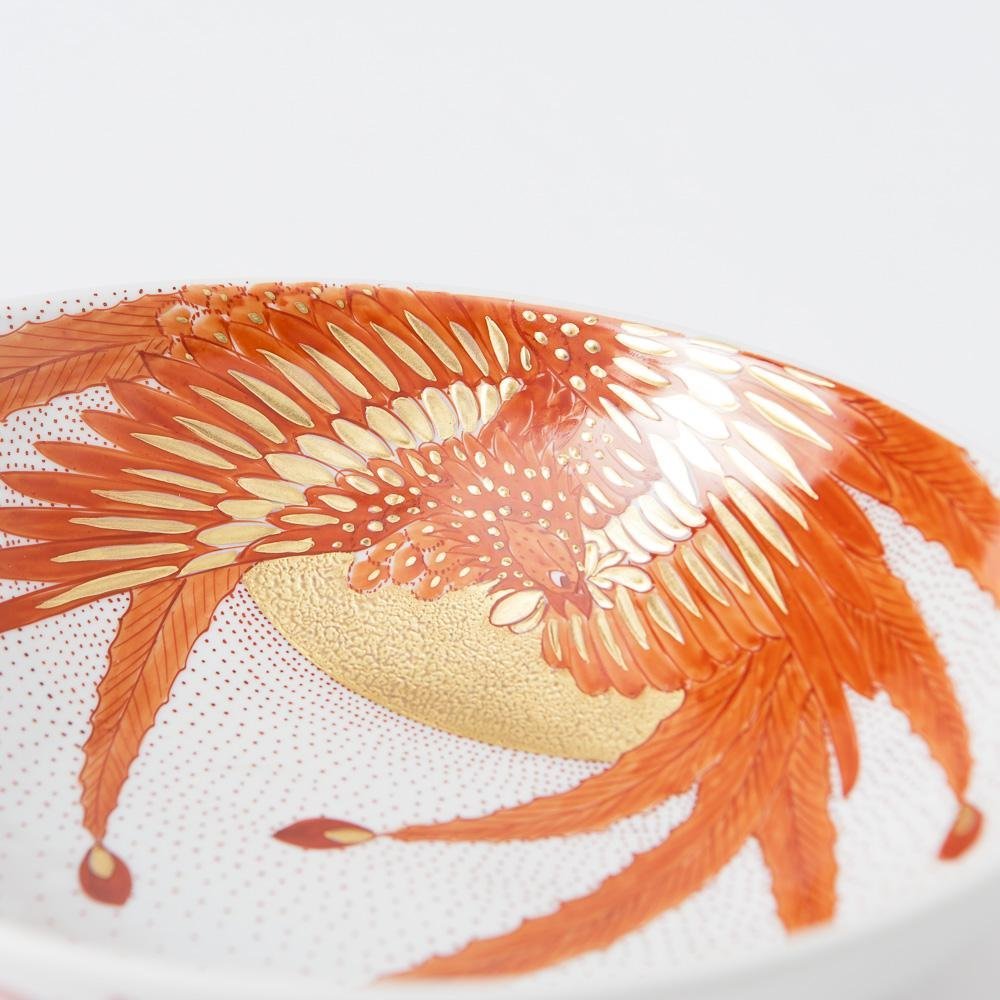
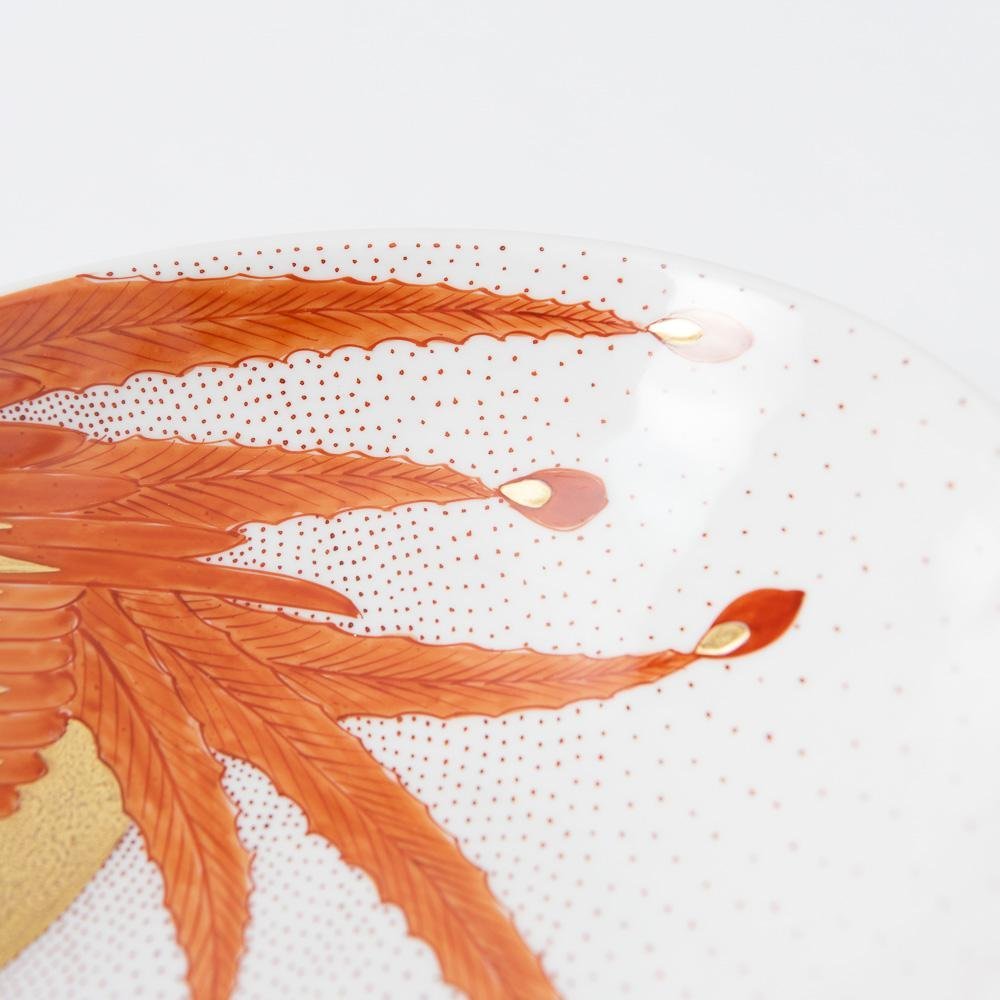
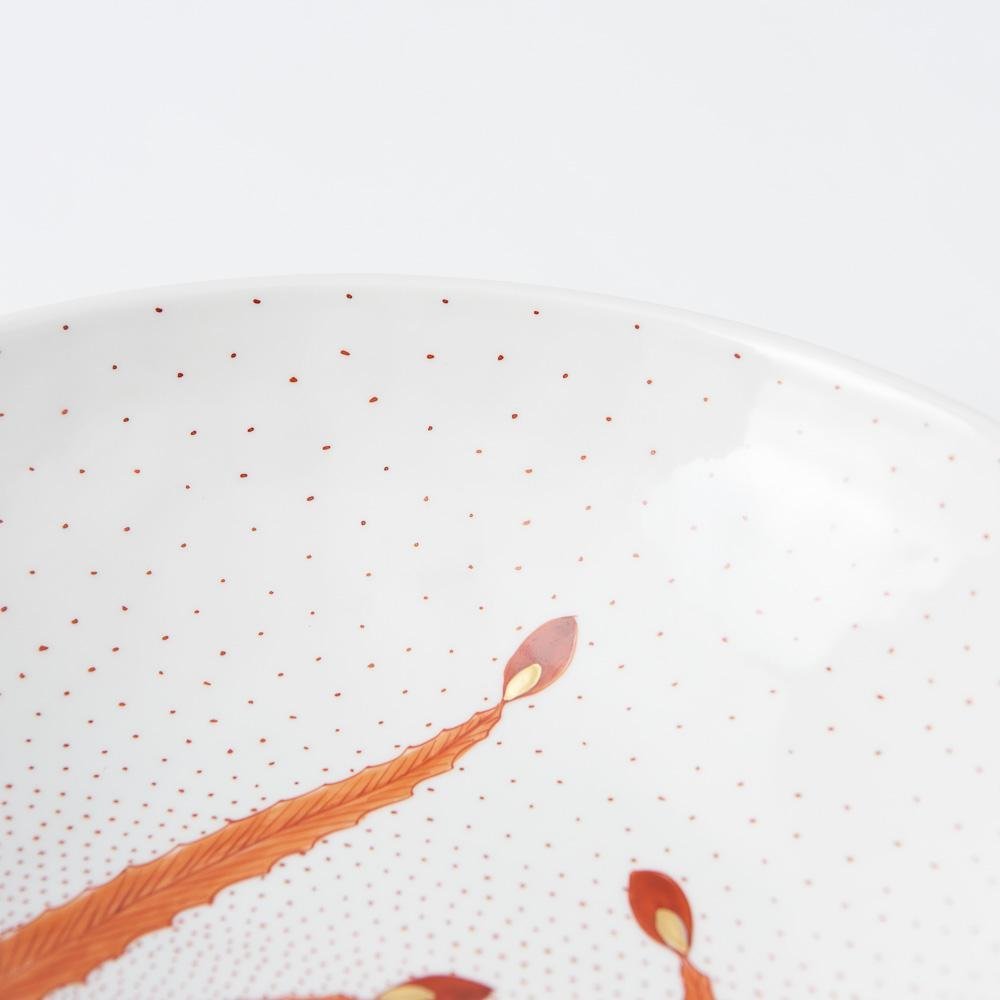

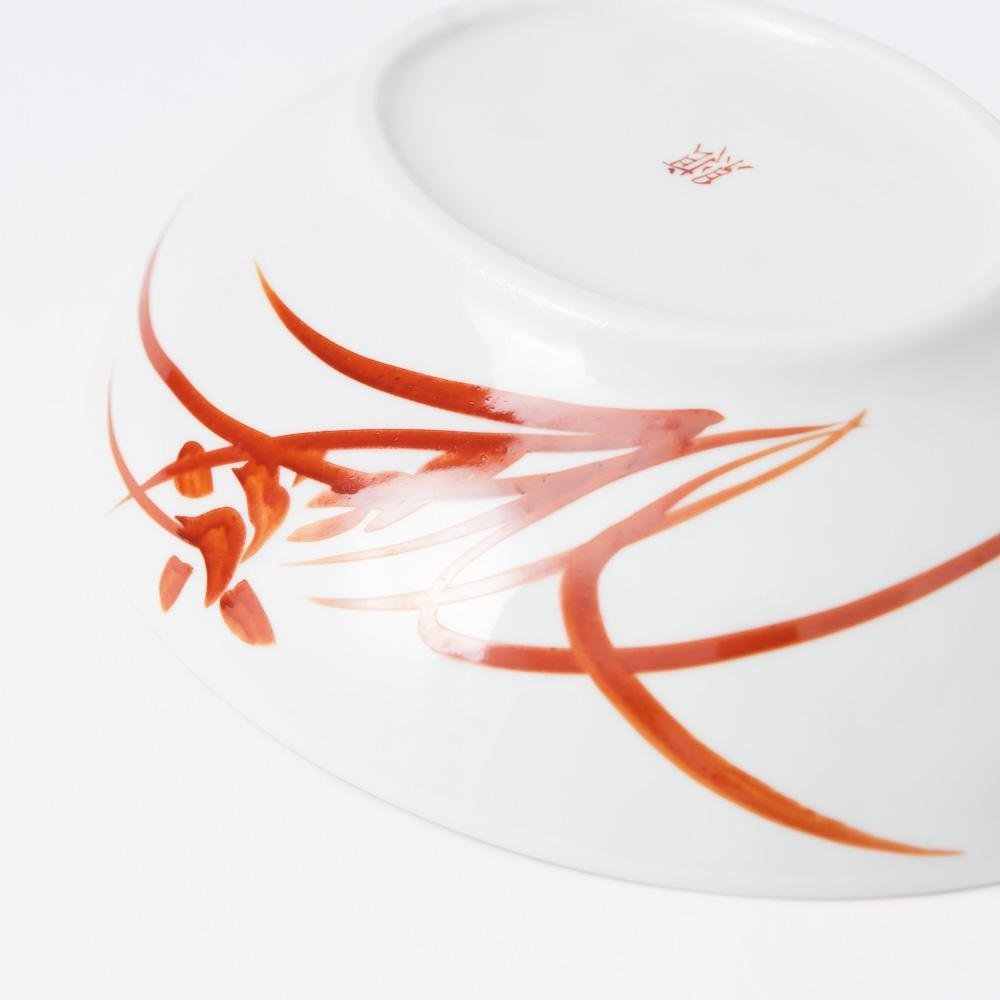
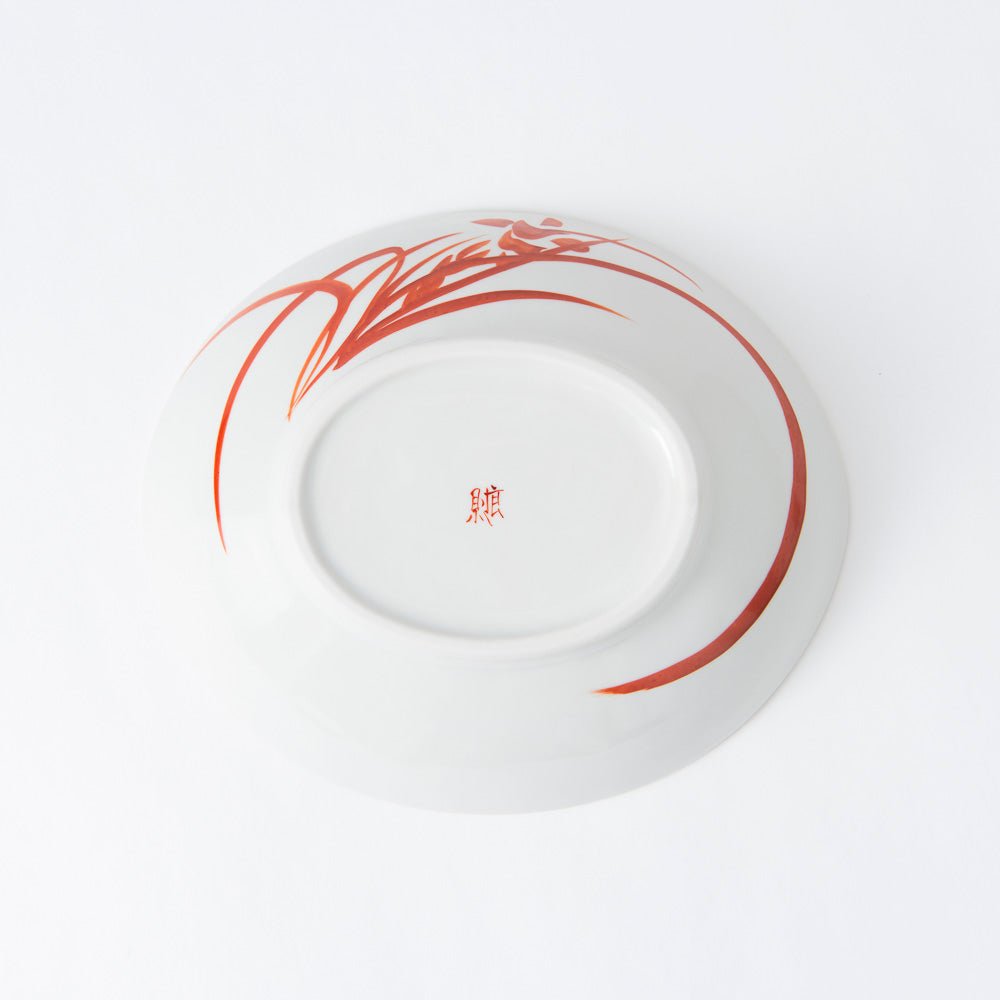
Akae Red Phoenix Kutani Oval Bowl
Estimated Shipping Widget will be displayed here!
Premium kutani bowl with a drawing of a graceful phoenix in red and gold on a durable porcelain base. It is a piece made by Mr. Yoshinori Fukuda. Detailed figures drawn in red and added golden decorations are characteristic of this Iidaya and Akae style. The phoenix is famous as a symbol of immortality and it is said to bring love and happiness.
The size is suitable for serving appetizers, salad, and side dishes such as sunomono(vinegared food) and nimono(simmered food) for 2 to 4 person.
It is a perfect gift for your friends and family who love Japanese art and culture. This piece of art will bring your dining table an authentic Japanese atmosphere.
PRODUCT DETAIL
- Dimension: 21.5cm×(8.5in) ×25.5cm(10in) H7cm(2.8in)
- Material: Porcelain - Kutani ware
- Brand: Mr. Yoshinori Fukuda
- Origin: Made in Japan
![]()
FEATURES
Iidaya/Akae Style
Detailed figures drawn in red, fine patterns for the rim and some added golden ornaments are characteristic of this style. The detailed drawings in the Iidaya/Akae style are truly remarkable.
Mr. Yoshinori Fukuda
Mr. Yoshinori Fukuda, a designated Traditional Craftsman, has been awarded many prizes in successive art exhibitions and is highly regarded both in Japan and abroad. He has mastered the techniques of various traditional Kutani porcelain styles such as Akae, Yoshidaya and Ko-kutani, and has a wide range of skills in the art of Kutani ware. From beautiful natural scenery to living creatures in motion, he captures them in the style of Japanese paintings with a delicate touch. Please feel the art piece created by applying Kutani colors to the beautiful porcelain.
Choose options













Estimated Shipping Widget will be displayed here!
International Shipping
Multiple International Shipping Options
Discounted shipping for over 500000!
Free shipping for over 5000000!
Insured shipping service
Full compensation for any damage during transit.
Made by Japanese craftsmen
Fair Pricing, free Furoshiki wrapping!

